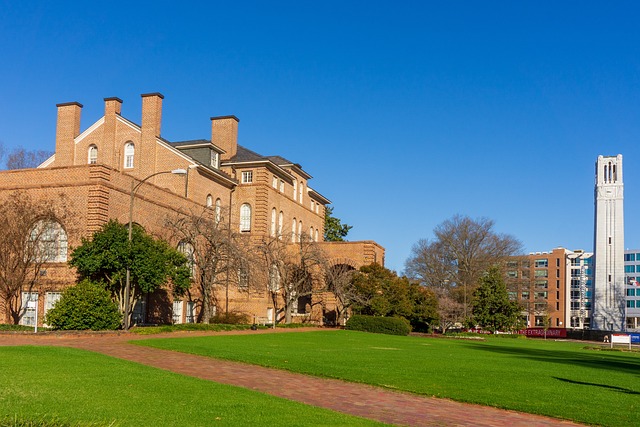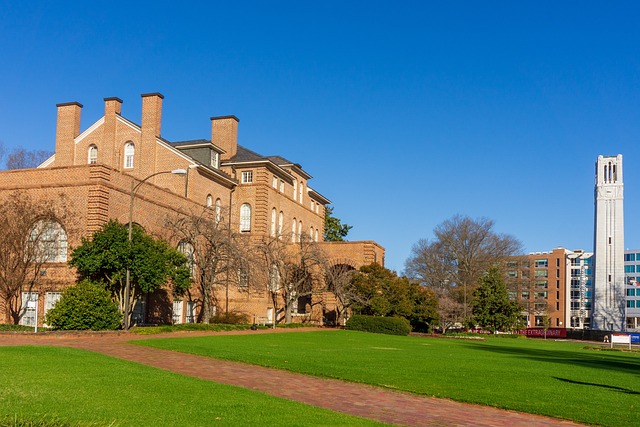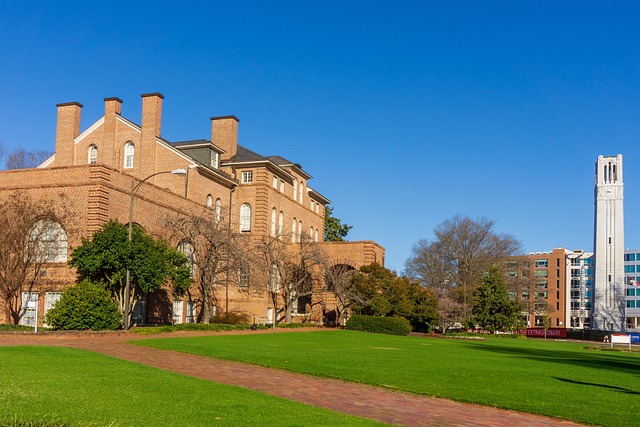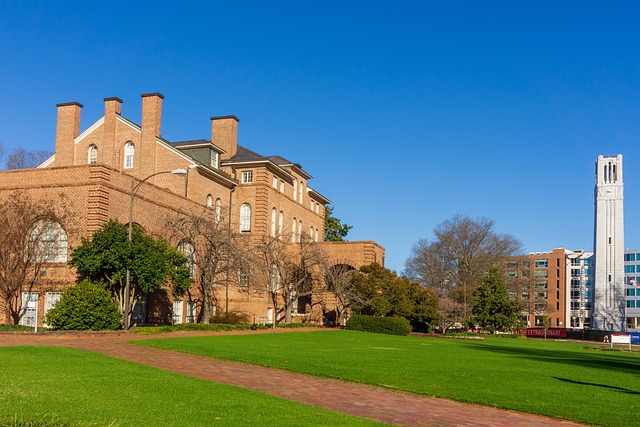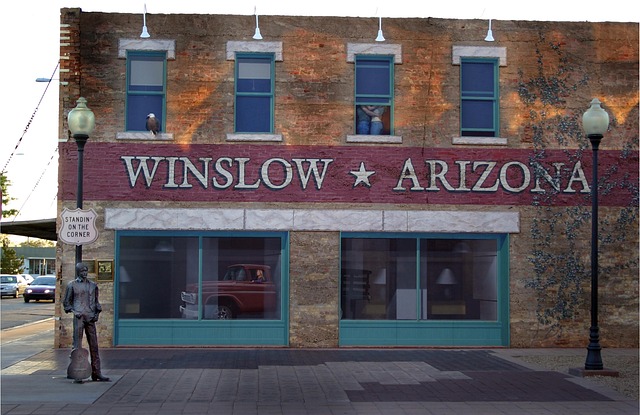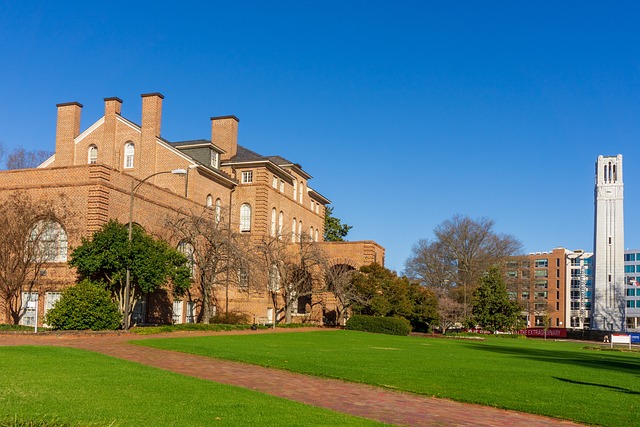Cultural references and attractions are powerful drivers in the travel industry, shaping real estate markets globally. Destinations leveraging their history and traditions effectively through local lore-centric development attract tourists seeking authentic experiences, boosting local economies. This trend has led to a surge in demand for properties near cultural heritage sites, museums, and art scenes, influencing property prices and sparking investment. For sustainable growth, destinations should focus on community-oriented strategies, revitalizing historic sites, supporting local artists, and promoting cultural festivals, thereby creating an engaging ecosystem that benefits both locals and visitors.
In today’s globalized world, tourists are increasingly drawn to destinations not just by scenic beauty but also by cultural references. This article explores the multifaceted impact of cultural attractions on tourism and real estate markets. We delve into how cultural references shape tourist experiences, analyze the economic benefits for local communities, and provide strategies for embracing and sustaining cultural tourism. By understanding these dynamics, destinations can harness their cultural assets to create vibrant and resilient economies, enhancing both visitor experiences and real estate values.
The Role of Cultural References in Shaping Tourist Destinations

Cultural references play a pivotal role in shaping and attracting tourists to various destinations worldwide. These references, deeply rooted in a place’s history, traditions, and unique identity, serve as powerful magnets for travelers seeking authentic experiences. When visitors immerse themselves in the local culture, they not only gain a deeper understanding of the destination but also contribute to the local economy through their presence.
In today’s competitive travel market, destinations that effectively leverage their cultural references can stand out. The real estate industry, for instance, recognizes this and often develops properties and attractions that highlight these cultural elements. By integrating local lore into the tourist experience, destinations create memorable journeys that resonate with visitors on a deeper level. This strategy not only ensures repeat visits but also fosters a sense of stewardship for the area’s cultural heritage among the global community.
How Cultural Attractions Impact Real Estate Markets

Cultural attractions have a profound impact on real estate markets, as tourists are increasingly drawn to destinations that offer unique and authentic experiences. The demand for properties in areas with rich cultural heritage or renowned museums, historical sites, and vibrant art scenes has risen significantly. This trend not only boosts local economies but also influences property prices and availability. Real estate investors recognize the potential of these cultural hotspots, leading to a surge in development projects aimed at catering to both locals and visitors seeking immersive experiences.
Attractions like world-class galleries, traditional festivals, or iconic landmarks become key factors in a location’s appeal, driving up demand for nearby accommodations. As a result, property values can increase substantially, attracting further investment and creating a positive feedback loop. This dynamic relationship between cultural offerings and real estate highlights the importance of preserving and promoting local culture to ensure sustainable growth in the industry.
Strategies for Embracing and Sustaining Cultural Tourism

For destinations looking to embrace and sustain cultural tourism, a strategic approach is key. Investing in authentic experiences that showcase local heritage and traditions can attract tourists seeking meaningful connections with the places they visit. This could involve revitalizing historic sites, supporting local artists and artisans, and promoting cultural festivals or events. By integrating these cultural elements into the local economy and real estate market, destinations can create a sustainable ecosystem where both residents and visitors benefit.
Additionally, fostering community engagement is vital. Encouraging local businesses to participate in cultural tourism initiatives ensures that residents feel included and valued. This collaboration can lead to unique tour offerings, pop-up experiences, or interactive workshops that highlight the area’s distinct character. Ultimately, these strategies not only attract tourists but also foster a sense of pride and ownership among the local community, ensuring cultural tourism remains vibrant and relevant over time.
